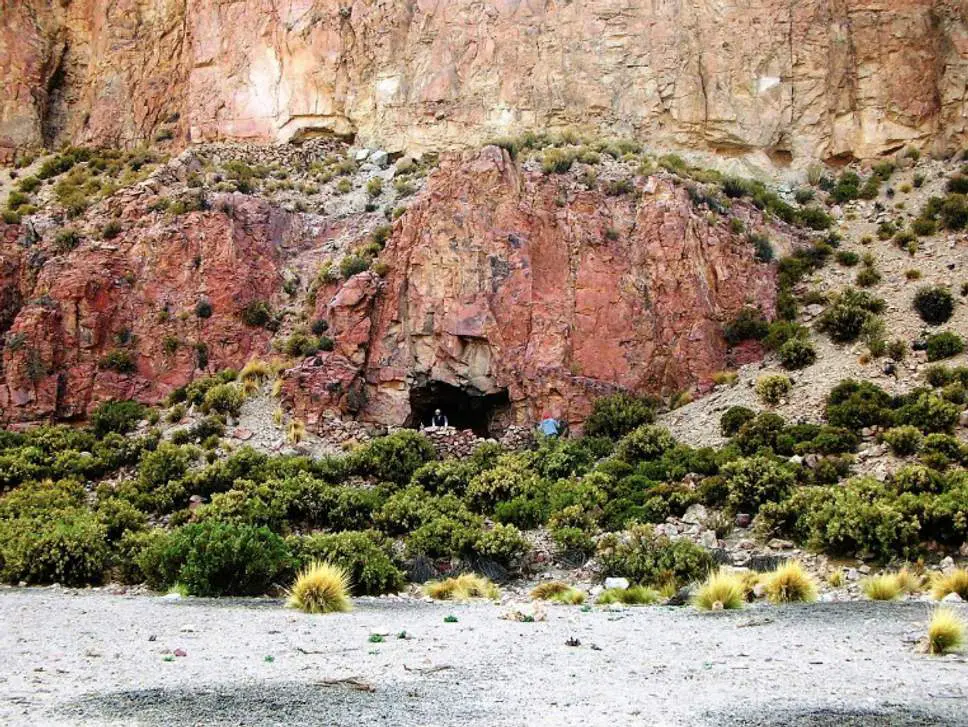Anthropologists Find 1,000 Year Old Shaman’s Pouch Filled With Drugs
Tags: News

A team of anthropologists working in the dried Sora River valley in southwestern Bolivia, discovered evidence of human civilization in the area dating back at least 1,000 years. The discovery was made in 2010 but was just recently made public.
The researchers found the remnants of a pouch that they suspect to be the property of a South American shaman. Tests of the bag’s contents showed numerous drugs and drug taking paraphernalia. According to the Independent, the bag contained two snuffing tablets, a snuffing tube, as well as the components in cocaine, ayahuasca, and psychedelic mushrooms.
Jose Capriles, assistant professor of anthropology at Penn State University says that this finding gives some new insight into the range of compounds that our ancestors used to alter consciousness.
“We already knew that psychotropics were important in the spiritual and religious activities of the societies of the south-central Andes, but we did not know that these people were using so many different compounds and possibly combining them together,” Capriles says.
“This is the largest number of psychoactive substances ever found in a single archaeological assemblage from South America,” he added.
Capriles says that the contents of the bag have led his team to believe that it was owned by a shaman.
“Shamans were ritual specialists who had knowledge of plants and how to use them as mechanisms to engage with supernatural beings, including venerated ancestors who were thought to exist in other realms. It is possible that the shaman who owned this pouch consumed multiple different plants simultaneously to produce different effects or extend his or her hallucinations,” he said.
There were many other insights to come from this discovery, including evidence of extensive trade routes with other parts of the world since the compounds found in the pouch were not native to the Andes.
Melanie Miller, of the University of Otago, New Zealand, who studied the materials, says that this clue tells us that we either have evidence of a well-traveled shaman or of complex trade networks.
“The presence of these compounds indicates the owner of this kit had access to at least three plants with psychoactive compounds, but potentially even four or five. None of the psychoactive compounds we found come from plants that grow in this area of the Andes, indicating either the presence of elaborate exchange networks or the movement of this individual across diverse environments to procure these special plants. This discovery reminds us that people in the past had extensive knowledge of these powerful plants and their potential uses, and they sought them out for their medicinal and psychoactive properties,” she says.
The samples recovered from this pouch have also provided some new evidence showing that ayahuasca was being brewed for at least 1000 years.
“Some scholars believe that ayahuasca has relatively recent origins, while others argue that it may have been used for centuries, or even millennia. Given the presence of harmine and DMT together in the pouch we found, it is likely that this shaman ingested these simultaneously to achieve a hallucinogenic state, either through a beverage, such as ayahuasca or through a composite snuff that contained these plants in a single mixture. This finding suggests that ayahuasca may have been used up to 1,000 years ago,” Dr. Capriles said.
Image credit: Dr Jose Capriles/Penn State University
Leave Comment: